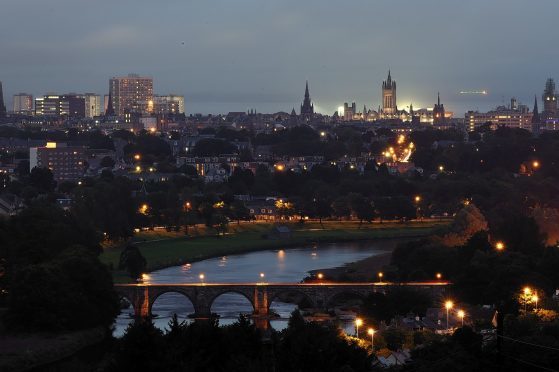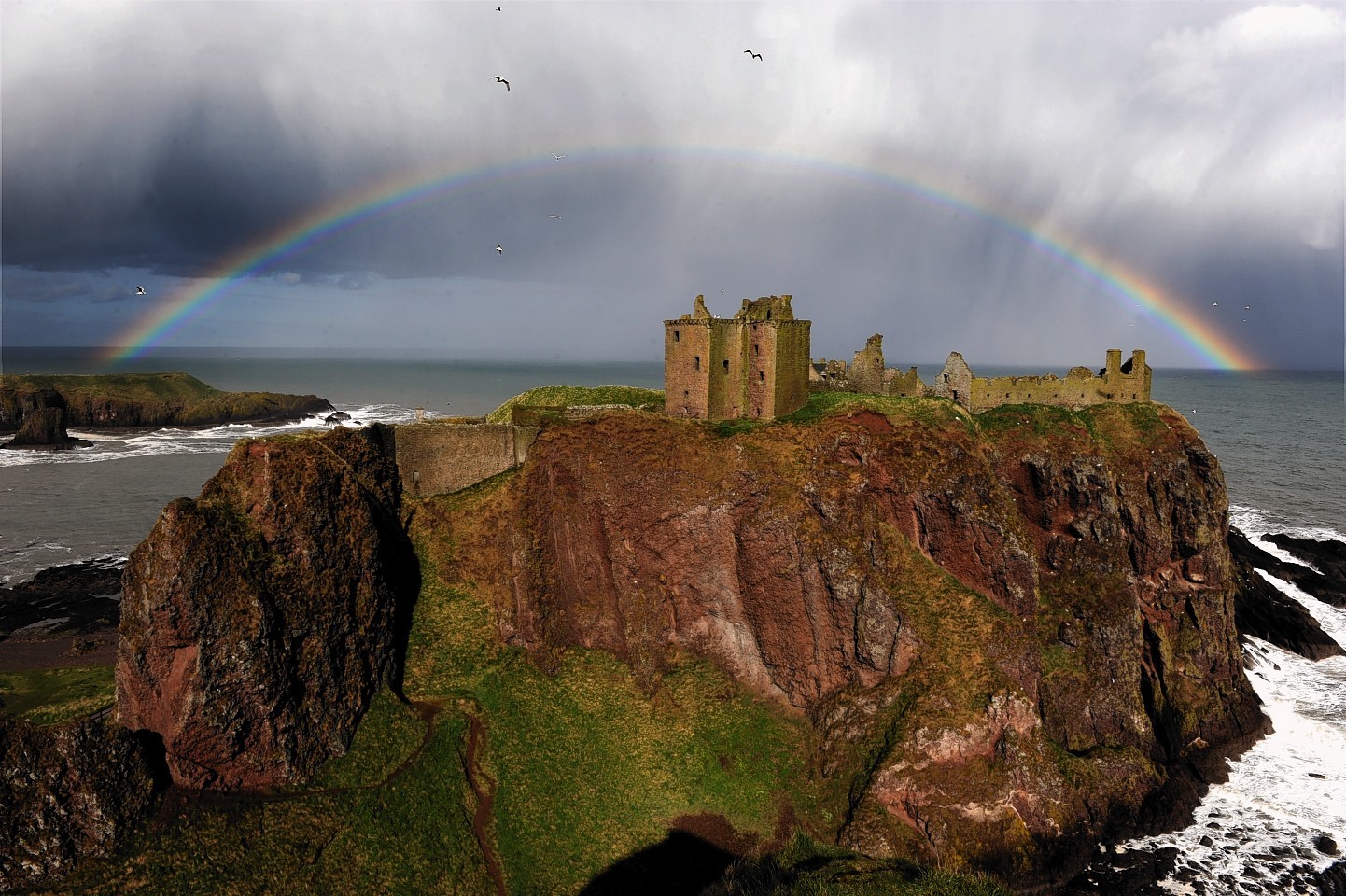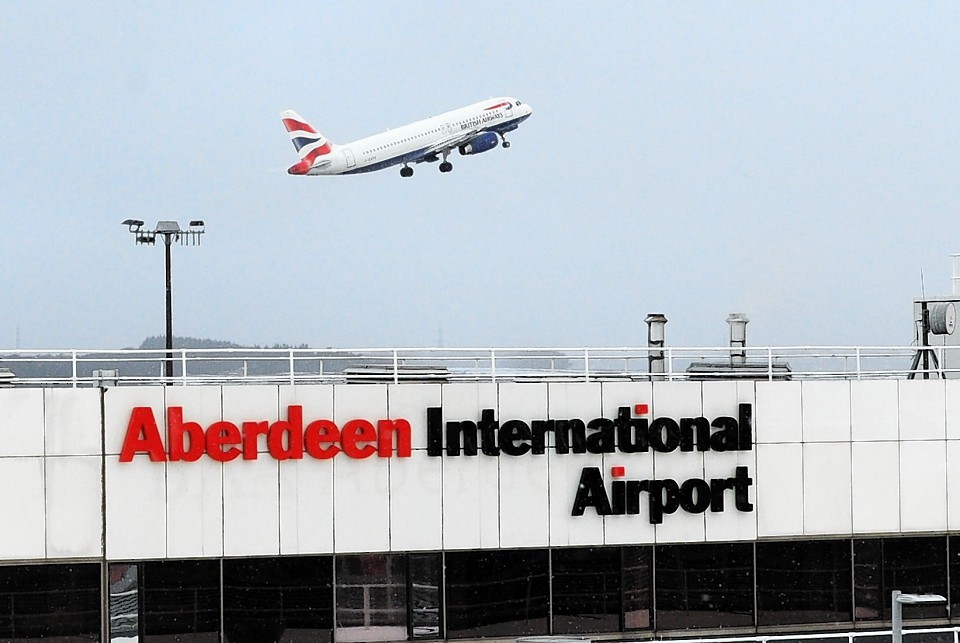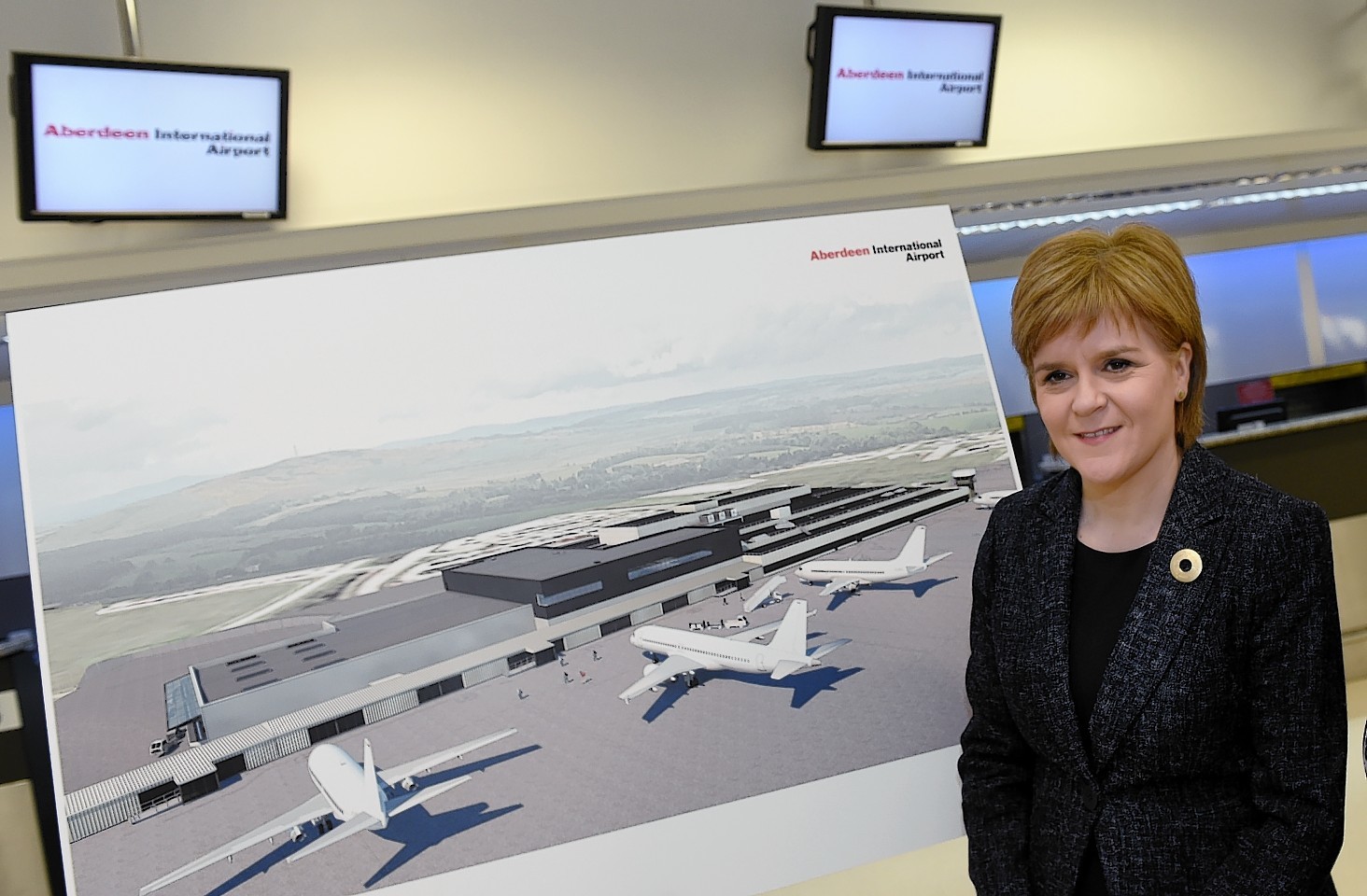Just over a year ago Aberdeen achieved notoriety when it was handed the Carbuncle award for “most dismal town” in Scotland.
Trying to promote the Granite City to tourists would have seemed like a tough sell to outsiders, but VisitAberdeen chief executive Steve Harris was not perturbed.
Drawing a line under the issue, Mr Harris said: “It was a publicity stunt by a magazine. It was very political – a nonsense, really. The people who awarded it disappeared without a trace.
“We all know there’s work to be done on the city centre, but name me one city that does not need work sometimes. People who visit here are impressed by it.”
But, whether jolted by the shaming or not, there is a sense that people are now “rowing in the same direction”.
And a new, retooled marketing organisation will be heaving on the oars.
VisitAberdeen, Visit Royal Deeside and Banffshire Coast will team up in April to form VisitAberdeenshire.
The body will be the second-best funded marketing organisation in Scotland, with backing from Aberdeen and Aberdeenshire councils, Scottish Enterprise and Opportunity North East, a £50million investment fund chaired by offshore industry doyen Sir Ian Wood.
VisitAberdeen will have a new business plan and will attempt to do something the existing three bodies had been unable to pull off on their own – define the product.
Aberdeen has plenty to offer tourists. To list but a few of its strengths, it has a beach, a vibrant harbour with dolphins on show, rich history and a growing cultural scene.
It can also act as a gateway to the rest of the north-east, which boasts Europe’s longest castle trail, a whisky trail, golf, outdoor pursuits and a stunning coastline.
Mr Harris, who will head VisitAberdeenshire, said the challenge is not so much to add more feathers to the cap, but to figure out how to condense the pitch into a bite-sized marketing campaign.
Mr Harris said: “Aberdeen has numerous strengths. Part of our job is to define that more succinctly. What is the offering? How do we package it up from being oil and gas capital of Europe to becoming a place people are drawn to visit?”
Funds will go towards the marketing campaign and a project aimed at providing more reliable tourism statistics.
The feeling is that sounder stats will enable VisitAberdeenshire to target the right people and show investors their money is being spent wisely.
Securing investment for major projects has been the order of the day in Aberdeen – and much of that spend will benefit the city’s tourism offering.
Plans for a £415million harbour expansion would open the city up to a growing cruise ship market and a new exhibition and conference centre would attract more conferences and leisure events, such as concerts.
Aberdeen International Airport is in line for a multimillion-pound expansion and Mr Harris is confident the city centre master plan, which was unveiled last summer, will give locals a city they can be proud of.
Furthermore, the oil and gas industry downturn and increases in capacity have combined to lower hotel bedroom prices, making Aberdeen far more competitive.
The energy industry has also provided Aberdeen with a serviceable network of flights and strong links to Norway, Germany and the Netherlands.
It all appears to be falling into place for Aberdeen and Mr Harris’s ambition is to make the city the second most visited in Scotland after Edinburgh.
Just over 1.5 million overseas visitors spent at least one night in Edinburgh in 2014, Glasgow welcomed 625,000 visitors, Inverness had 260,000 and Aberdeen had 240,000, according to the Office for National Statistics.
Going by this measure, there is lots of work to do, but Mr Harris is determined to make up for lost time.
He said: “There has been no serious attempt to make people see Aberdeen as a leisure destination for about 40 years. Tourism has been seen as something we didn’t really have to do because of the strength of the economy.
“You wouldn’t trade oil and gas for anything, but it has put other industries in the shade, including tourism.
“I think Aberdeen should be number two in Scotland for tourism. Over 60% of visitors make landfall in Scotland in Edinburgh.
“That’s not going to change. It’s the capital city and it has a stunning backdrop.
“Our job is to make sure those people include Aberdeen in their itineraries – and that has not happened so far. We also want to make Aberdeen a place people want to visit in its own right.”



